(Norwegian) or Rosse (Southern Sami) is a municipality in Trøndelag county, Norway. The administrative centre of the municipality is the town of Røros. Some of the villages in Røros include Brekken, Glåmos, Feragen, Galåa, and Hitterdalen.
The mining town of Røros (the administrative centre of the municipality) is sometimes called Bergstaden which means "mountain town" due to its historical renown for copper mining. It is one of two towns in Norway that were historically designated "mining towns", along with the "silver-town" of Kongsberg. The modern-day inhabitants of Røros still work and live in the characteristic 17th and 18th century buildings which led to its designation as a UNESCO World Heritage Site in 1980. Røros has about 80 wooden houses, most of them standing around courtyards. Many retain their dark pitch-log facades, giving the town a medieval appear...Read more
(Norwegian) or Rosse (Southern Sami) is a municipality in Trøndelag county, Norway. The administrative centre of the municipality is the town of Røros. Some of the villages in Røros include Brekken, Glåmos, Feragen, Galåa, and Hitterdalen.
The mining town of Røros (the administrative centre of the municipality) is sometimes called Bergstaden which means "mountain town" due to its historical renown for copper mining. It is one of two towns in Norway that were historically designated "mining towns", along with the "silver-town" of Kongsberg. The modern-day inhabitants of Røros still work and live in the characteristic 17th and 18th century buildings which led to its designation as a UNESCO World Heritage Site in 1980. Røros has about 80 wooden houses, most of them standing around courtyards. Many retain their dark pitch-log facades, giving the town a medieval appearance.
The 1,957-square-kilometre (756 sq mi) municipality is the 39th largest by area out of the 356 municipalities in Norway. Røros is the 167th most populous municipality in Norway with a population of 5,598. The municipality's population density is 3.2 inhabitants per square kilometre (8.3/sq mi) and its population has increased by 0.2% over the previous 10-year period.
Røros municipality has historically been used by the Southern Sami people for reindeer herding. Known for its copper mines, Røros is one of Norway's two nationally significant mining towns with activity starting in the 17th century (the other one being the "silver-town" Kongsberg, see Kongsberg Silver Mines).
Røros was burned to the ground in 1678 and 1679 by the Swedish Army during the Scanian War. In 1718, during the Great Northern War, the town was once again taken by the Swedish Army, led by General De la Barre, who made up the southern arm of the main Swedish Army under Carl Gustaf Armfeldt. De la Barre took the city and all their mined copper at gunpoint.
When King Carl XII was killed near Fredriksten on 30 November 1718, De la Barre retreated north to join the bulk of the army. However, this ended in tragedy, when over 3,000 rather unprepared soldiers perished in the harsh weather conditions in the mountains northwest of Røros.
Røros and its people were made famous to Norwegians at the turn of the 20th century by semi-fictional author Johan Falkberget, who told the story of the mining community from the perspective of the hard-tested miners at the bottom of the social ladder.
With its authentic wooden buildings, Røros was added to the UNESCO World Heritage Site list in 1980.[1]
Røros Copper WorksIn 1644, the general manager of the mine at Kongsberg gave permission to exploit one lode of copper in the mountains near Rauhaammaaren. Storvola and Gamle Storwartz became some of the company's most important mines. Nordgruve, another important mining area, was situated to the north east of Røros.
In 1685, Røros discovered a considerable amount of associated silver mines. The mining activity lasted for about 40 years, and a total of 1,350 tons of sterling silver was mined. This provided considerable revenue for the Danish-Norwegian treasury to support Frederick IV in building the palace of Solbjerg.
1740 onwards saw a period of greatness for the Røros Copper Works with several mines yielding well. Due to the funding of the Oldenburg royal family, the scale of the Leros silver mine and copper mine expanded. As the mine is close to Trondheim and at a lower latitude, the ore output is much higher than ScandinaviaFalun. The rich income of the mining area also prompted the royal family to repeatedly ask for an expansion of the mining. Dynamite was utilised from 1870 and later drilling machines. The electrical generating station built high-tension power lines to supply the mines, starting in 1897. The Bessemer process was introduced at the end of the 1800s. The Rørosbanen railway line was completed in 1877. High prices for both copper and zinc gave good results, but then the prices dropped and there were several years with large losses. After 333 years, mining activity in Røros ceased in 1977.[2]
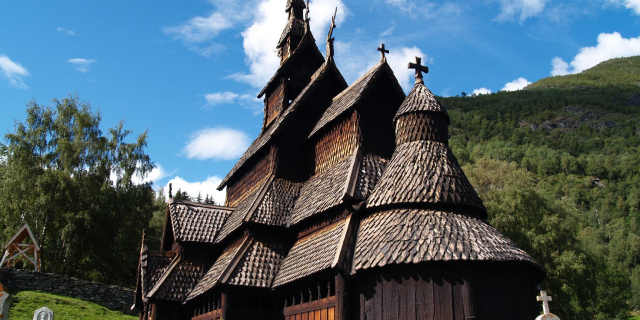



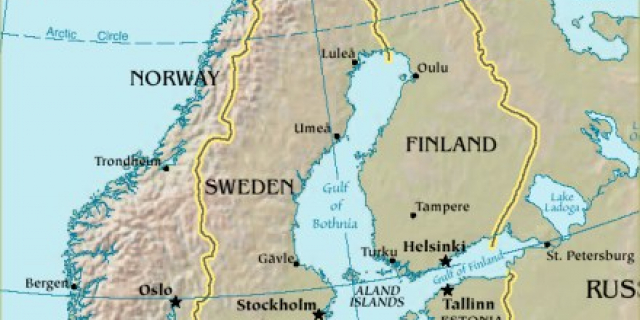

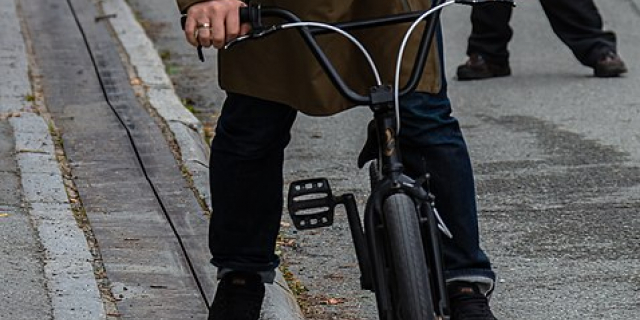

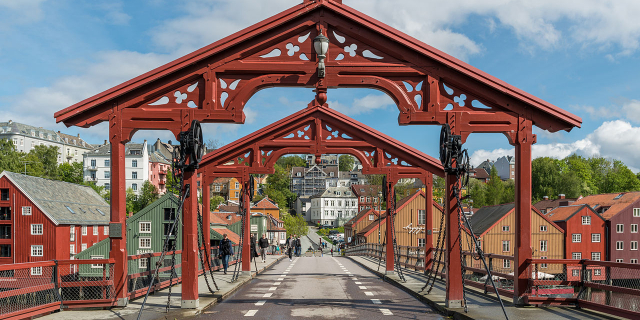

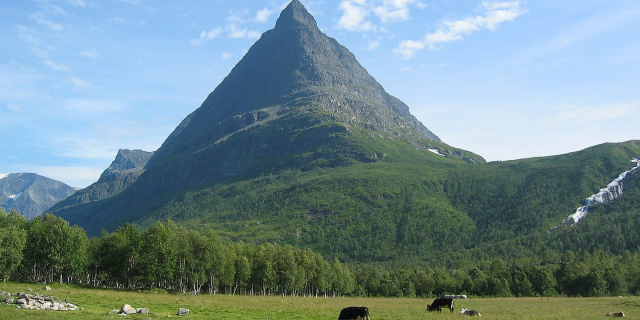

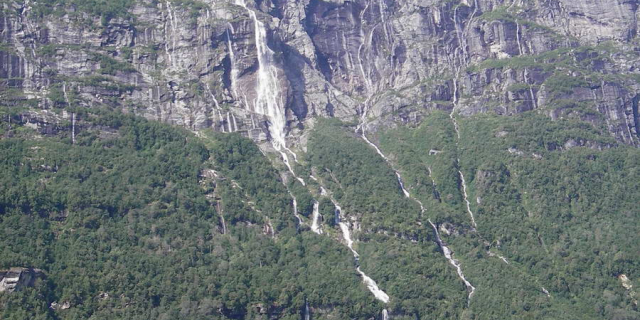






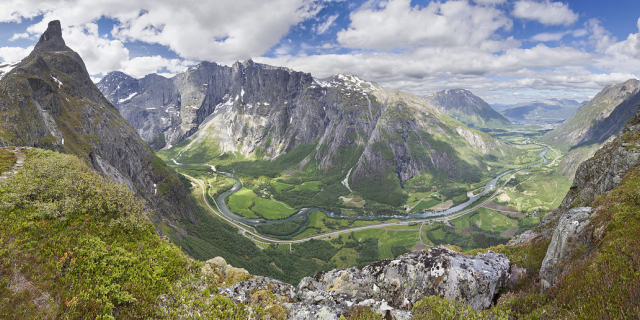
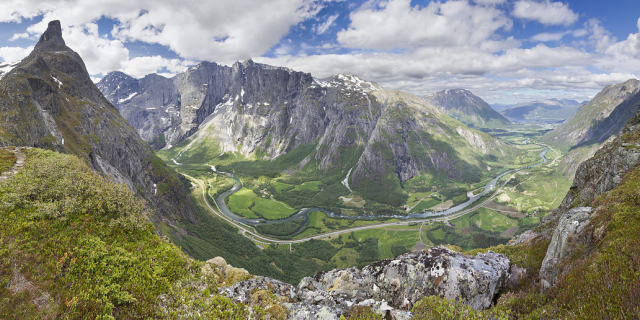
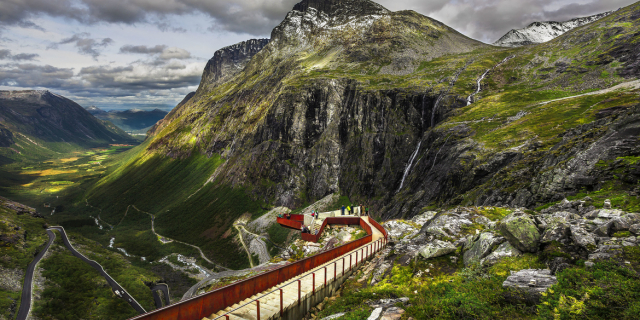






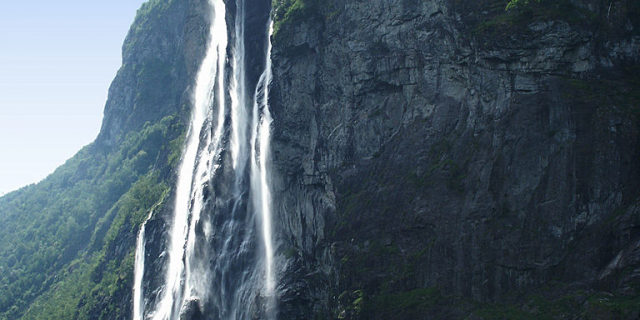
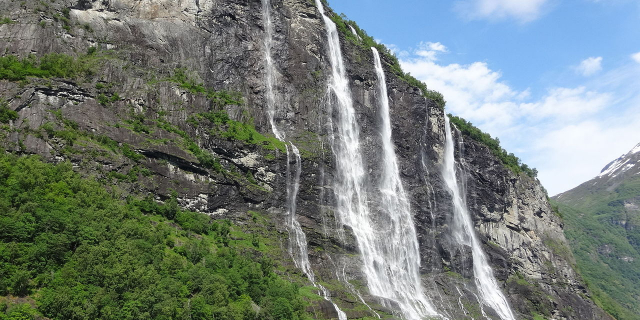
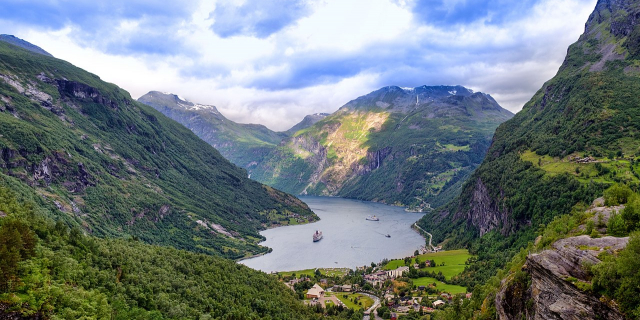
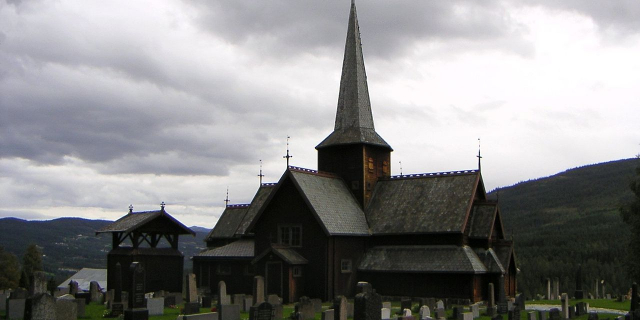
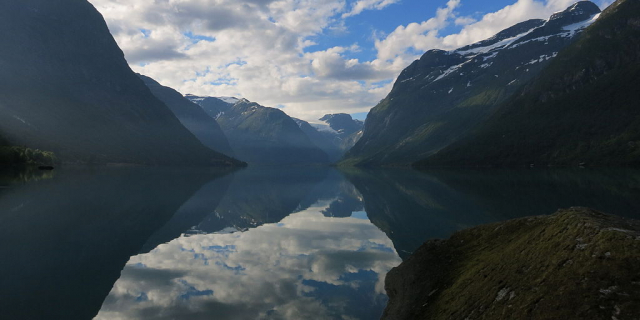

Add new comment